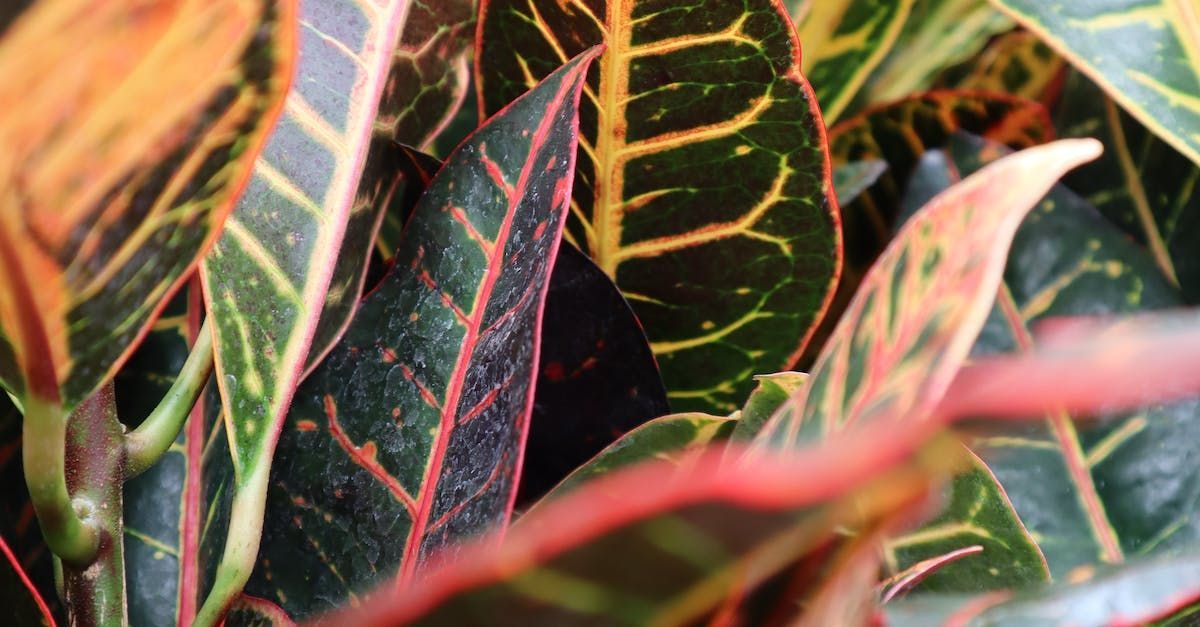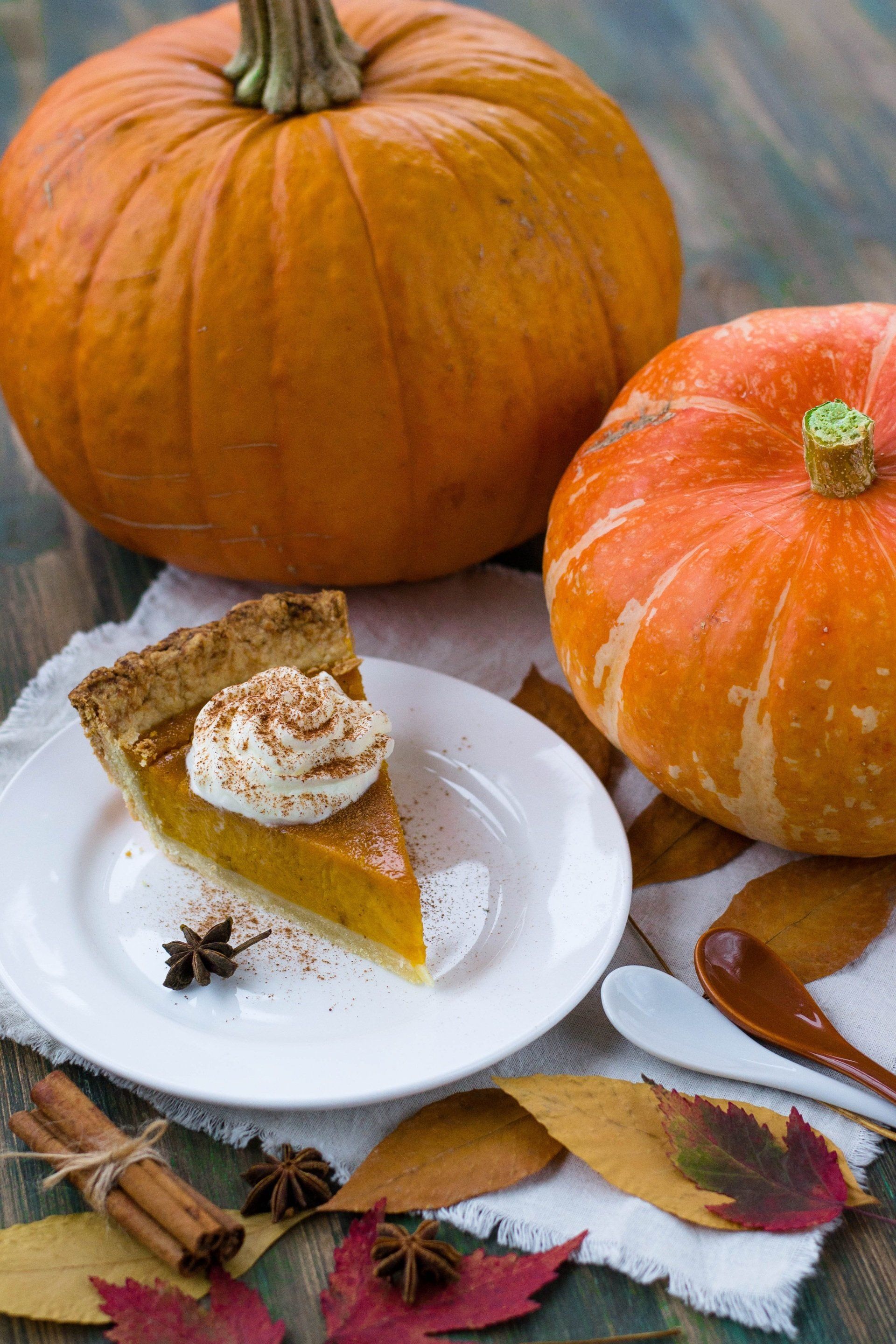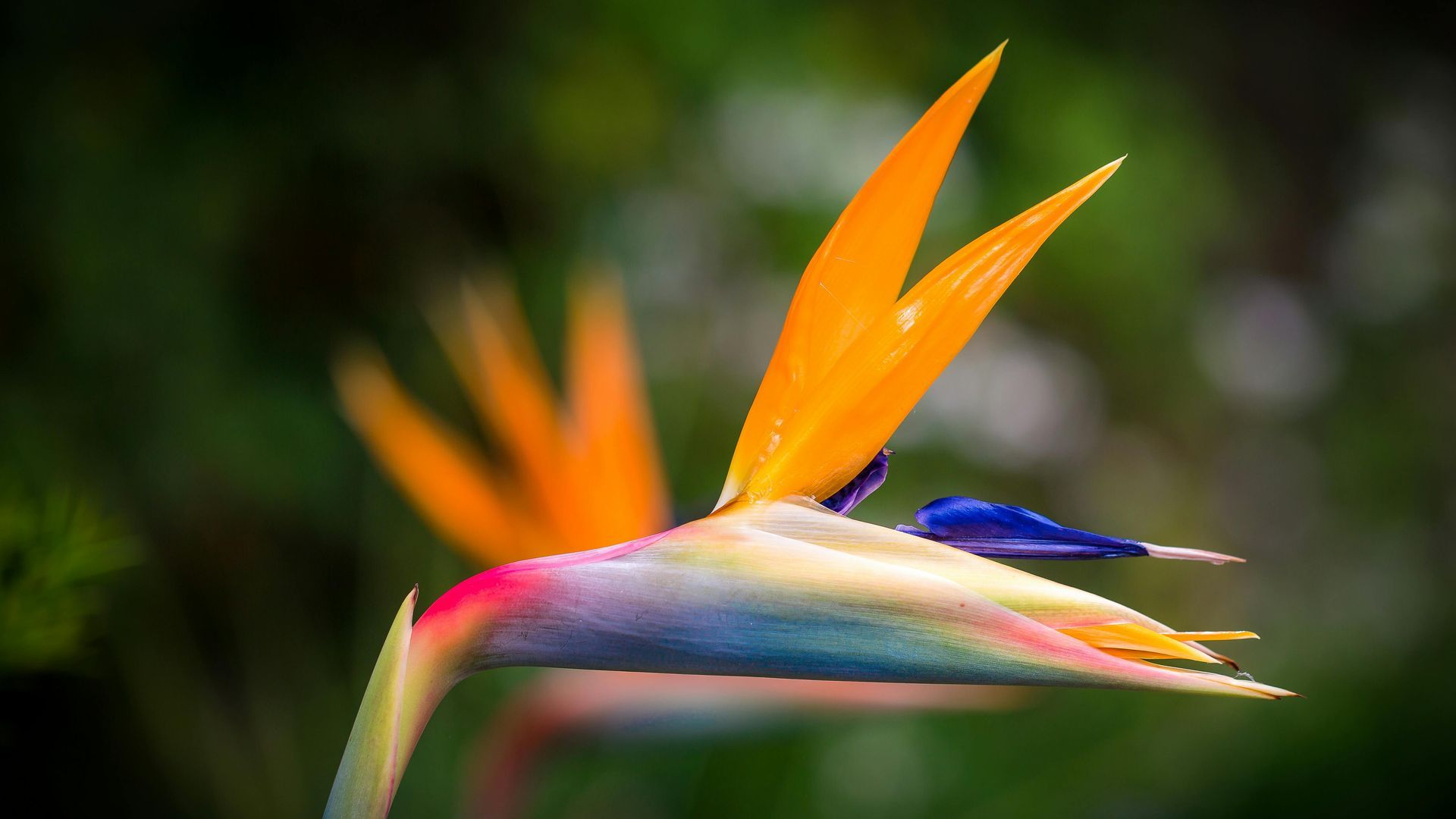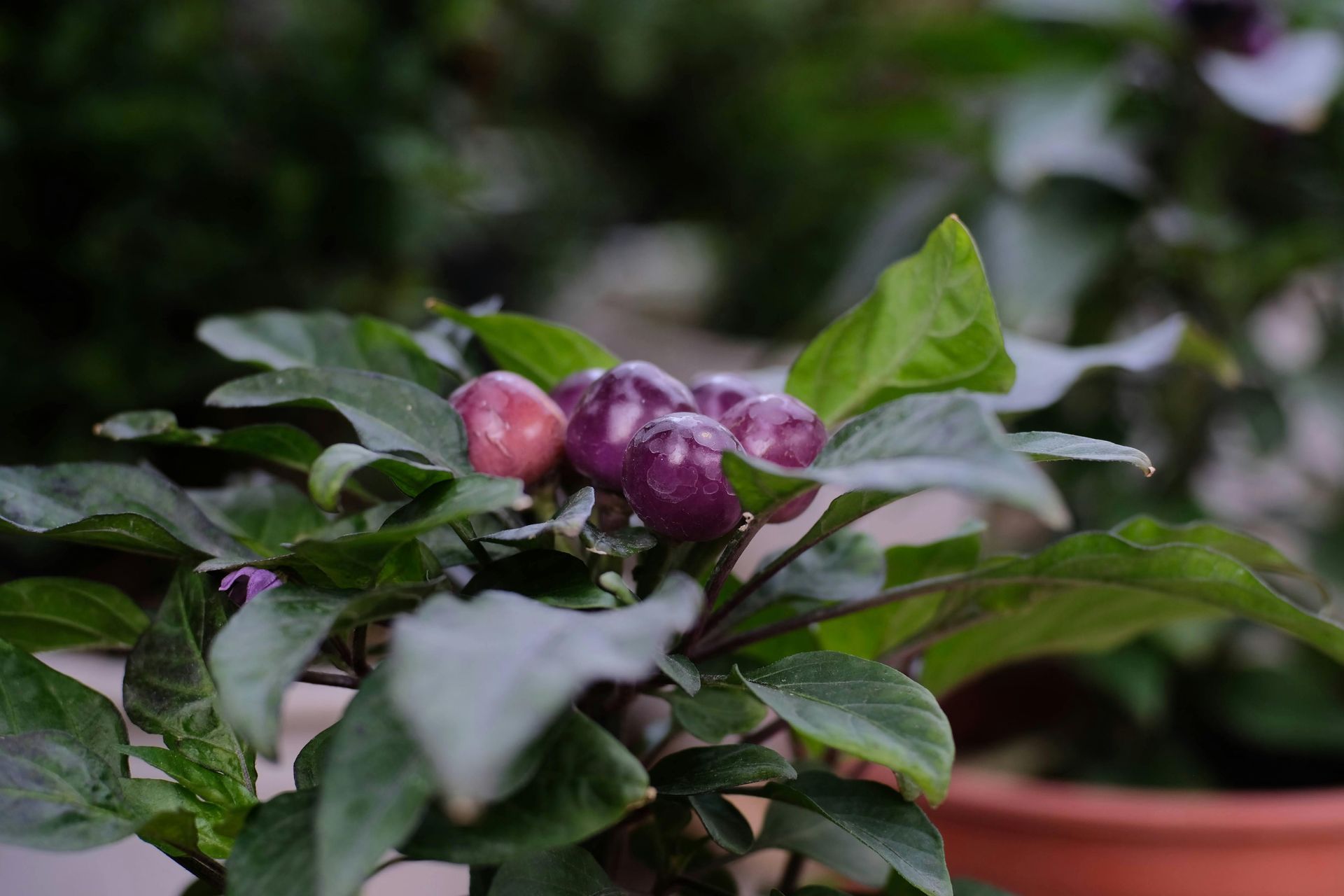Success with Summer-Loving Vinca
One of the most popular annual bedding plants in Louisiana is vinca, or periwinkle. It is well-known for its prolific and long blooming season and is the favored flowering plant of choice for home gardeners and professional landscapers around the state for warm season color.
Vinca (Catharanthus roseus) is a heat- and drought-tolerant plant that normally thrives under Louisiana growing conditions.
Thirty years ago, periwinkle flower colors were limited to white, white with a red eye and a rosy purple. Breeding work in the 1980s involved crossing Catharanthus roseus with other species to improve the color range, increase blooming and flower size and improve the growth habit.
Vincas now come in a plethora of colors, including pink, deep rose, red, scarlet, white, white with a red eye, lavender blue, peach, apricot, orchid, burgundy and many other shades. They generally grow from 10 to 18 inches tall with a spread of about 1 foot, although trailing types spread to about 2 feet.
If you want to have the best vinca in your landscape, consider these practices.
– Select a full-sun planting location with eight hours of direct sun daily.
– Prepare the landscape bed to allow for drainage and aeration. Raise the bed at least 6 inches if drainage is questionable.
– Plant in soil with a pH level of 5.5. Vincas need acidic soil.
– Avoid planting earlier than May. Soil and nighttime temperatures need to be warm prior to planting. May 1 is the recommended planting date. Many times, home gardeners and landscapers plant vinca in landscape beds in late March and April.
– Plant so that the top of the root ball is level with or slightly higher than the soil of the bed. Proper spacing also is important because crowded planting limits air circulation and can create conditions more favorable for disease development. Space transplants at least 10-12 inches apart.
– Mulch to decrease splashing of rainfall and irrigation water from soil to the lower stems and foliage of the plants. However, avoid excessive mulching to prevent continuous wetting of the plant crowns.
– Manage irrigation properly. Vinca require minimal irrigation. Avoid overhead irrigation, when practical. When plants make it through the spring and early summer without disease, hold back irrigation or Alternaria leaf spotting – another fungal disease – may develop heading into fall.
– Don’t plant vincas in the same bed year after year.
– Don’t plant periwinkles in beds where Phytophthora blight has been a problem in the past.
There is good news. New vinca varieties are resistant to some diseases. The Cora and Nirvana series are some of the newer vincas that have genetics in the breeding that makes these varieties resistant to Phytophthora blight. The new Valiant series from PanAmerican Seed for 2016 also shows great promise in disease resistance.









